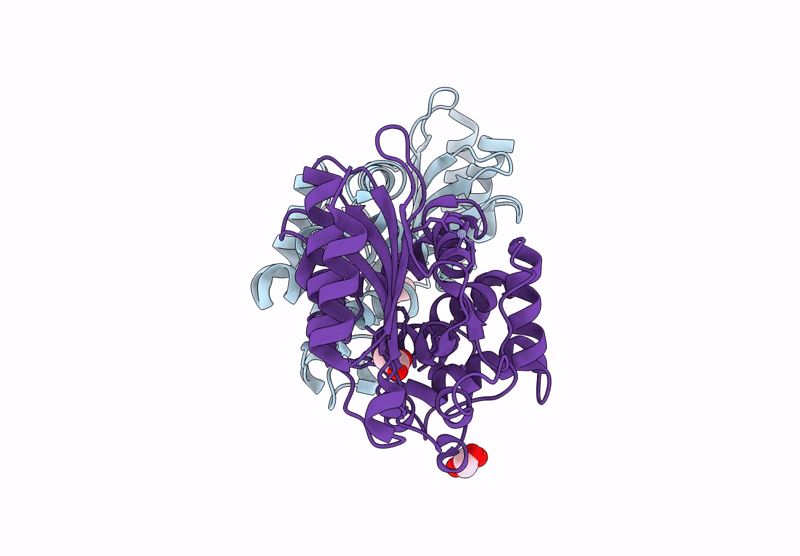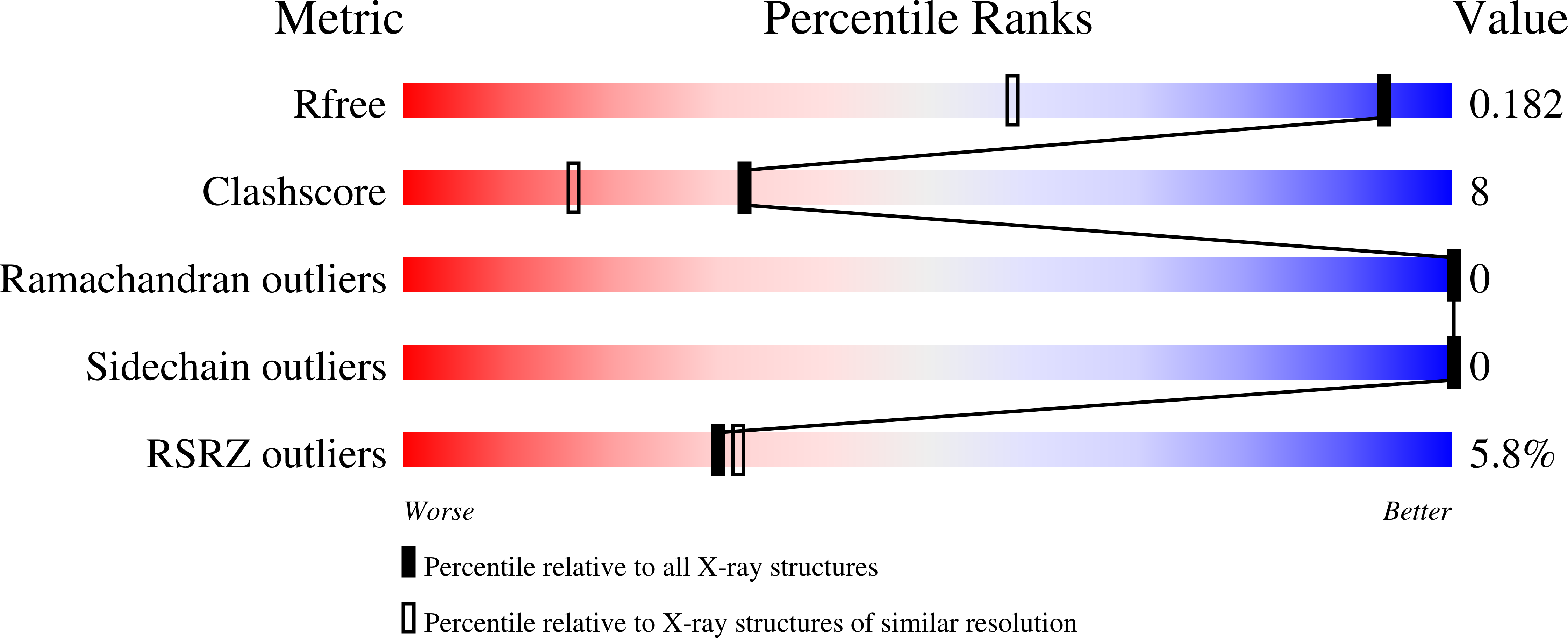
Deposition Date
2025-03-17
Release Date
2025-10-22
Last Version Date
2025-10-22
Entry Detail
PDB ID:
9QI3
Keywords:
Title:
Crystal structure of I105Y/S130G double mutant of BlaC from Mycobacterium tuberculosis
Biological Source:
Source Organism:
Mycobacterium tuberculosis (Taxon ID: 1773)
Host Organism:
Method Details:
Experimental Method:
Resolution:
1.30 Å
R-Value Free:
0.17
R-Value Work:
0.14
R-Value Observed:
0.14
Space Group:
P 21 21 21


